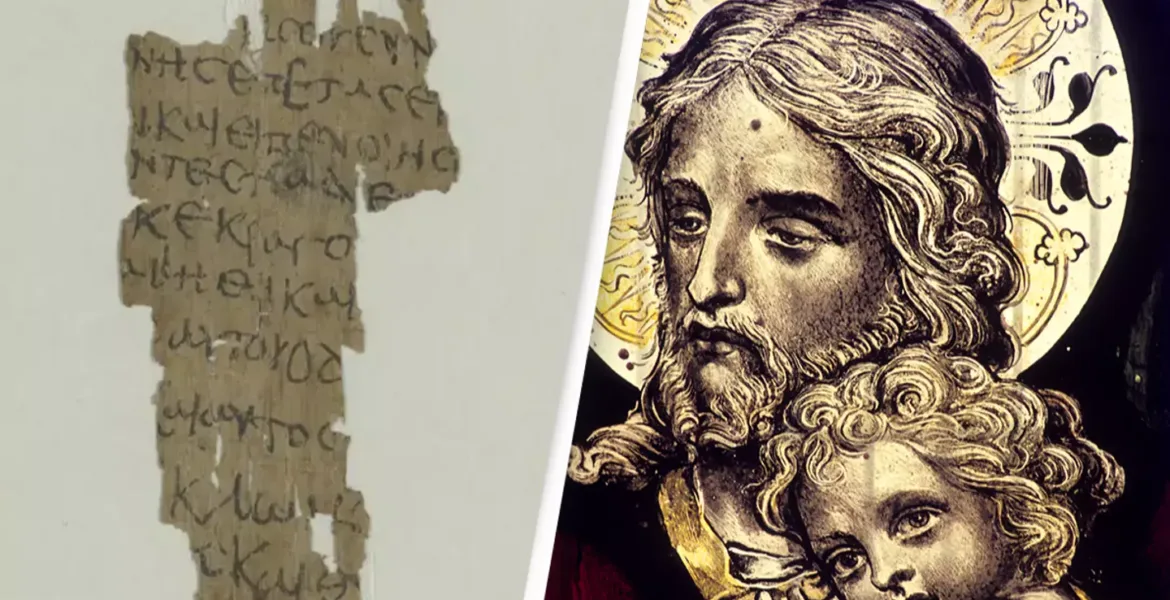German researchers uncovered a manuscript containing the earliest known Greek record of Jesus Christ’s childhood. The document, initially unnoticed in the Hamburg Carl Von Ossietzky State and University Library, was previously thought to be part of a mundane document, such as a shopping list. The breakthrough came when experts identified the word “Jesus” in Greek within the text.

Upon further analysis and comparison with other digitized records, they found that the manuscript narrates part of Jesus Christ’s second miracle. Previously, the oldest record of Jesus’ childhood was from the 11th century, but this recent finding dates back to the 4th to 5th century.
Professor Gabriel Nocchi Macedo, the second individual to decipher the document, further said of their find: "Our findings on this late antique Greek copy of the work confirm the current assessment that the Infancy Gospel, according to Thomas, was originally written in Greek."
While significant, the text is only short and is only 13 lines long.
The New York Post reports that it's penned in Greek letters, which originate from late antique Egypt, which was a Christian society at that time.
As to what the script says, apparently, it discusses the beginning of the 'vivification of the sparrows'. This is a story about a story in which a young Jesus turns 12 clay sparrows into live birds.
It's believed Jesus was five years old at the time of the story, and it's described as the late Messiah's second miracle.
How did scientists discover this record of Jesus Christ’s childhood? The Humboldt University of Berlin (HU) shares more details about this manuscript. Papyrologists Dr. Lajos Berkes and Prof. Gabriel Nocchi Macedo from the University of Liège, Belgium, discovered it. The German institution says the manuscript is a papyrus fragment measuring 11 x 5 cm. It contains 13 lines in Greek letters and 10 letters per line and originated from late antique Egypt.


